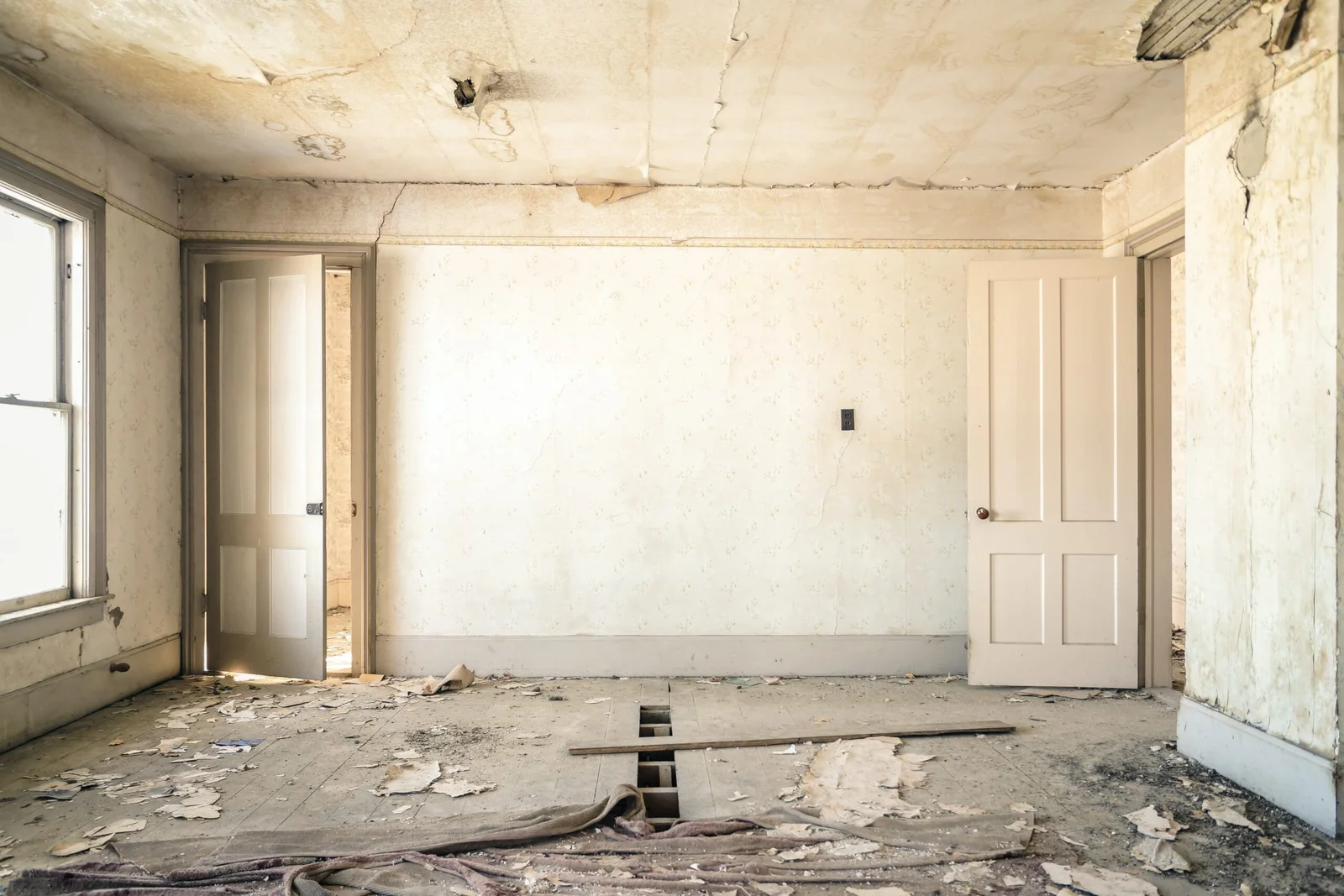So you’ve decided to freshen up the walls with a new coat of paint, but where do you start? We all know that proper preparation is key to achieving a flawless finish, but figuring out exactly how to prepare a painted surface for repainting can be a daunting task. Luckily, with the help of our new product, “How Do You Prepare A Painted Surface For Repainting,” you’ll have all the guidance and tips you need to ensure a professional-looking result.
From assessing the condition of the existing paint to prepping the surface and choosing the right tools, this comprehensive guide has got you covered. Say goodbye to those frustrating paint drips and unsightly brush strokes – it’s time to paint with confidence!
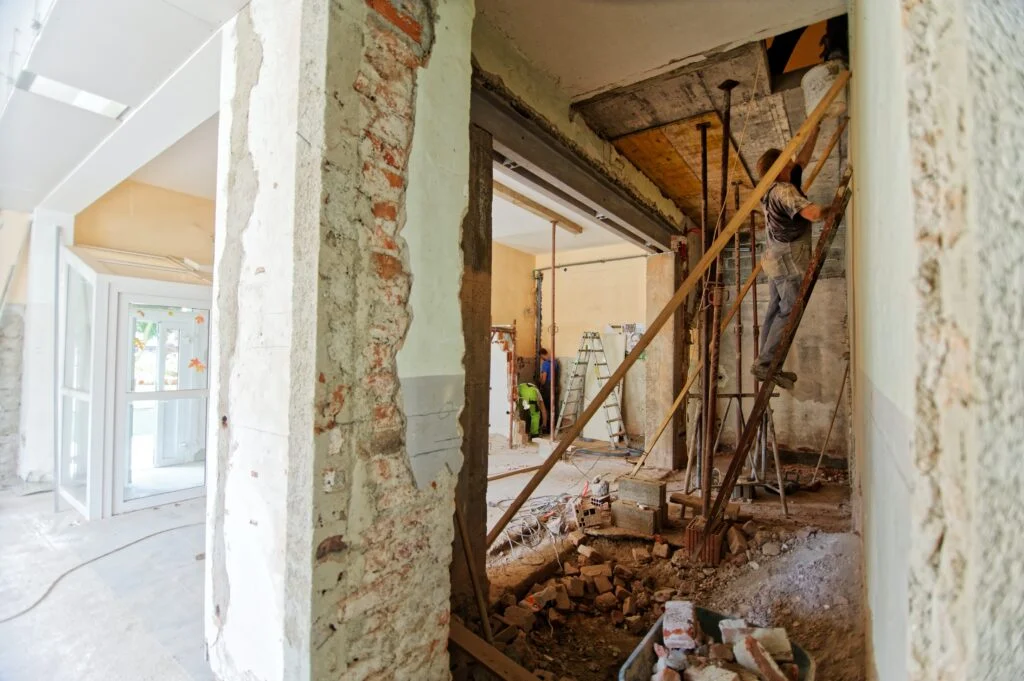
How Do You Prepare A Painted Surface For Repainting?
Table of Contents
Assess the Existing Paint
When preparing a painted surface for repainting, the first step is to assess the existing paint. This involves checking for any signs of peeling or flaking paint. If there are areas where the paint is coming off, it is important to address these issues before applying a new coat of paint.
Additionally, it is important to determine the type of paint that was previously used on the surface. This is crucial because different types of paint require different preparation techniques. For example, if the previous paint is oil-based, it may require sanding and priming before applying a new coat of paint. On the other hand, if the paint is latex-based, it may not require as much preparation.
Lastly, it is important to evaluate the overall condition of the existing paint. Look out for any areas where the paint may be chipped, cracked, or faded. These imperfections may need to be addressed during the preparation process. Taking the time to thoroughly assess the existing paint will help ensure a smooth and successful repainting project.
Gather the Necessary Supplies
Before starting the preparation process, it is important to gather all the necessary supplies. This will help make the job more efficient and ensure that everything is readily available when needed.
Drop cloths or plastic sheets
To protect the surrounding areas from paint splatters and spills, it is recommended to use drop cloths or plastic sheets. These can be placed on the floor or furniture to prevent any damage or mess.
Protective gear
Wearing proper protective gear is crucial when preparing a painted surface for repainting. This includes items such as gloves, safety goggles, and a dust mask. These protective measures will help keep you safe from any harmful chemicals or debris.
Paint scraper or putty knife
A paint scraper or putty knife is essential for removing any loose or damaged paint from the surface. These tools will allow you to easily scrape away any peeling or flaking paint, providing a smooth base for the new coat.
Sandpaper or sanding block
Sanding the surface is an important step in preparing a painted surface for repainting. Sandpaper or a sanding block can be used to smooth out rough edges, remove any imperfections, and create a suitable surface for the new paint to adhere to.
Cleaner or degreaser
Before painting, it is crucial to clean the surface thoroughly to remove any dirt, dust, or grease. A suitable cleaner or degreaser should be used to ensure a clean and smooth surface for optimal paint adhesion.
Primer
Applying a primer is highly recommended when repainting a surface. A primer helps to create a uniform base, enhances the durability of the new paint, and improves adhesion. Make sure to select a primer that is compatible with the type of paint you intend to use.
Paintbrushes or rollers
Having the appropriate brushes or rollers is essential for applying the new coat of paint. Different surfaces may require different types of brushes or rollers, so make sure to choose the appropriate tools for the job.
Tape and tarps to protect adjacent surfaces
When repainting, it is important to protect any adjacent surfaces that should not be painted. This can be done by applying painter’s tape to trim, baseboards, and other areas that should remain unpainted. Additionally, covering larger areas with tarps or plastic sheets will prevent any accidental paint splatters.
Clean the Surface
Before repainting a painted surface, it is crucial to clean it thoroughly. This step ensures that the new paint will adhere properly and results in a smooth and professional-looking finish.
Remove dust and dirt
Start by removing any dust and dirt from the surface. This can be done by using a soft cloth or a vacuum cleaner with a brush attachment. Make sure to pay attention to corners and hard-to-reach areas.
Wash the surface with a cleaner or degreaser
After removing the loose debris, wash the surface with a suitable cleaner or degreaser. This will help remove any grease, grime, or stubborn stains. Follow the instructions on the cleaner or degreaser packaging for the best results.
Allow the surface to dry completely
After washing, it is important to allow the surface to dry completely. This usually takes a few hours, but it may vary depending on the temperature and humidity level. It is crucial to ensure that the surface is completely dry before proceeding to the next steps.
Remove Loose or Damaged Paint
After assessing the existing paint and cleaning the surface, the next step is to remove any loose or damaged paint. This is essential to create a smooth base for the new coat of paint and to prevent further peeling or flaking in the future.
Scrape off any peeling or flaking paint
Using a paint scraper or putty knife, carefully scrape off any peeling or flaking paint from the surface. Hold the tool at a slight angle and gently scrape in the direction of the paint grain. Be cautious not to damage the surface or create gouges.
Use a putty knife to smooth out rough edges
After removing the loose paint, use a putty knife to smooth out any rough edges or areas where the paint has chipped. This helps create a seamless transition between the remaining paint and the bare surface.
Sand the surface to create a smooth base
Next, sand the surface to create a smooth base for the new coat of paint. Using sandpaper or a sanding block, gently sand the entire surface. This helps create a rougher texture for paint adhesion and removes any remaining paint flakes or imperfections. Start with a medium-grit sandpaper and gradually switch to a finer-grit for a smoother finish.
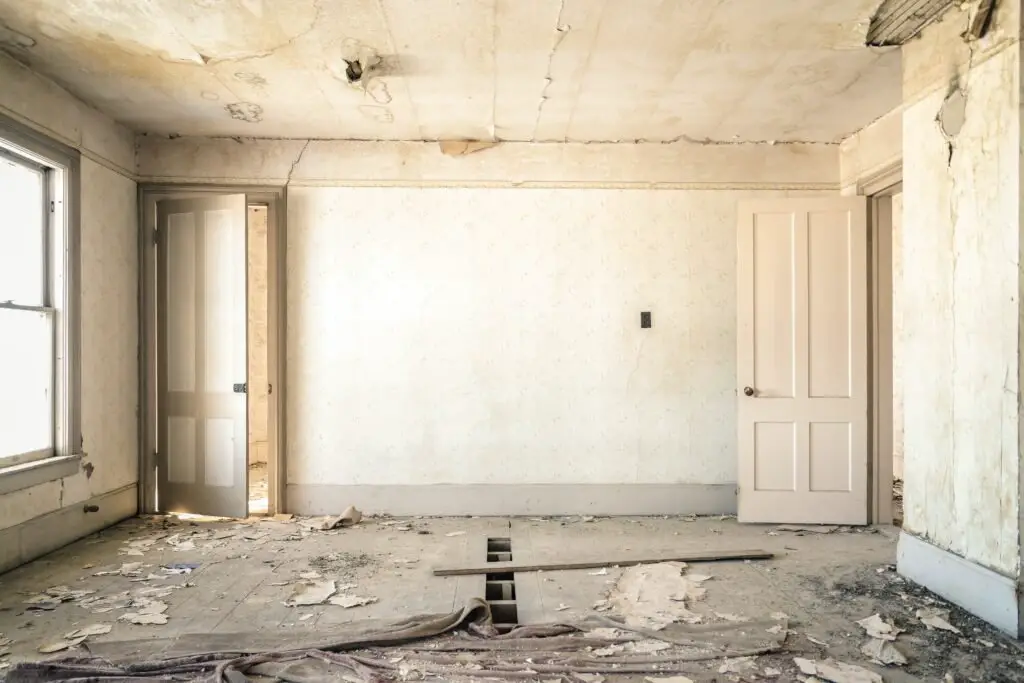
Repair Imperfections
Once the loose and damaged paint has been addressed and the surface has been sanded, it is time to repair any imperfections on the surface. This step ensures a seamless and professional-looking finish.
Fill in any holes or cracks with spackling compound
Using a spackling compound, fill in any holes, cracks, or dents on the surface. Apply the compound using a putty knife, pushing it into the imperfections to create an even surface. Make sure to overfill the imperfections slightly, as the compound may shrink as it dries.
Smooth out the spackling compound with a putty knife
After applying the spackling compound, use a putty knife to smooth it out, ensuring it is level with the surrounding surface. This will help create a seamless finish and prevent any noticeable patches once the new coat of paint is applied.
Sand the area to achieve a seamless finish
Once the spackling compound has dried, sand the area using a fine-grit sandpaper. This will help smooth out the repaired area, ensuring it blends in with the rest of the surface. Be gentle when sanding to avoid creating uneven patches or damaging the surrounding paint.
Sand the Surface
Sanding the surface is a crucial step in preparing a painted surface for repainting. It helps create a rougher texture for optimal paint adhesion and ensures a smooth and professional-looking finish.
Sand the entire surface to promote adhesion
Using a sanding block or sandpaper, sand the entire surface to promote paint adhesion. This step helps roughen up the surface, allowing the new coat of paint to adhere better. Sand in a circular motion or in the direction of the paint grain, paying attention to any areas that require extra attention.
Use a medium-grit sandpaper for the initial sanding
Start with a medium-grit sandpaper to remove any remaining paint flakes and smooth out rough areas. This initial sanding prepares the surface for the final sanding.
Switch to fine-grit sandpaper for a smooth finish
Once the initial sanding is complete, switch to a fine-grit sandpaper for the final sanding. This will help achieve a smooth and even surface, ready for the new coat of paint. Sand lightly and evenly, ensuring that the surface is free from any noticeable imperfections.
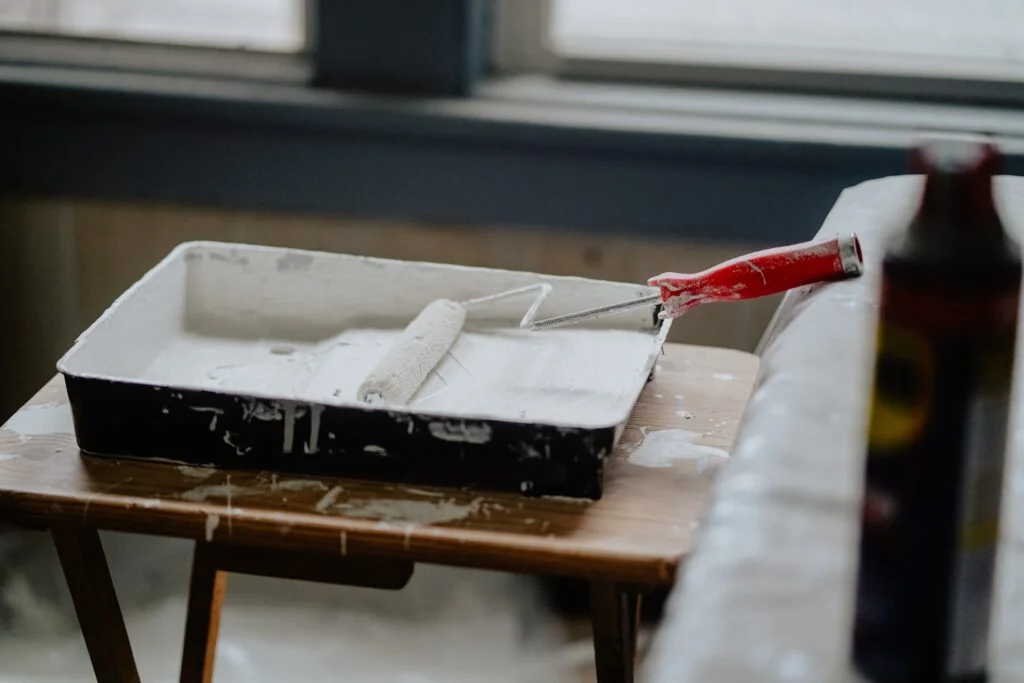
Remove Dust
After sanding the surface, it is crucial to remove any sanding dust to ensure a clean surface for the new coat of paint.
Wipe the surface with a dry cloth to remove sanding dust
Using a dry cloth or a clean brush, wipe the surface to remove any sanding dust. Be thorough and ensure that all the dust is removed, paying attention to corners and crevices.
Use a tack cloth to pick up remaining particles
For a more thorough cleaning, use a tack cloth. This sticky cloth is specifically designed to pick up fine particles and ensure a dust-free surface. Gently wipe the surface with the tack cloth, ensuring that all remaining dust is picked up.
Mask Off Adjacent Surfaces
To protect adjacent surfaces that should not be painted, it is important to mask them off using painter’s tape and tarps.
Apply painter’s tape to protect trim, baseboards, and other adjacent surfaces
Carefully apply painter’s tape to areas such as trim, baseboards, windows, or any surfaces that should not be painted. Make sure the tape is securely adhered and covers the desired area, creating a clean and crisp edge.
Cover larger areas with tarps or plastic sheets
For larger areas that need protection, cover them with tarps or plastic sheets. Secure the tarps or sheets to the floor or nearby surfaces using tape or clamps, ensuring that they are securely in place. This will prevent any accidental paint splatters and ensure a neat and professional finish.
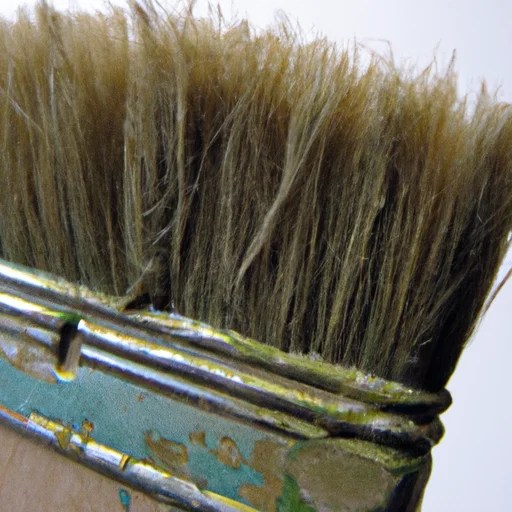
Apply Primer
Applying a primer is an essential step when repainting a painted surface. A primer helps create a uniform base for the new paint and ensures better adhesion, durability, and color coverage.
Apply a coat of primer to create a uniform base
Using a brush or a roller, apply a coat of primer to the prepared surface. Start from the top and work your way down, ensuring even coverage. Pay extra attention to areas that have been repaired or sanded, as primer helps seal and protect these areas.
Use a brush or roller for even coverage
Choose the appropriate tool for applying the primer, depending on the size and texture of the surface. A brush is ideal for smaller areas and edges, while a roller is more efficient for larger surfaces. Apply the primer evenly, ensuring there are no streaks or uneven patches.
Allow the primer to dry completely
After applying the primer, allow it to dry completely according to the manufacturer’s instructions. This usually takes a few hours, but it is best to leave it overnight for optimal results. Make sure the surface is completely dry before proceeding to apply the top coat of paint.
Apply the Top Coat
Once the primer has dried, it is time to apply the top coat of paint. Choosing the appropriate type of paint and applying multiple thin coats will ensure a lasting and professional finish.
Choose the appropriate type of paint for the desired finish
Selecting the right type of paint is crucial for achieving the desired finish. Consider factors such as the location of the painted surface (interior or exterior) and the type of surface (wood, metal, drywall, etc.). Consult with a paint professional or refer to the manufacturer’s recommendations for the best paint choice.
Apply multiple thin coats for better results
Rather than applying a thick coat of paint, it is recommended to apply multiple thin coats for better coverage and durability. This allows each coat to dry thoroughly and prevents the paint from sagging or running. Be patient and allow each coat to dry completely before applying the next one.
Follow the manufacturer’s instructions for drying and re-coating times
To ensure the best results, always follow the manufacturer’s instructions regarding drying and re-coating times. These times may vary depending on the type of paint and environmental conditions. It is important to allow each coat to dry completely before proceeding with the next step.
In conclusion, preparing a painted surface for repainting requires a systematic approach. By assessing the existing paint, gathering the necessary supplies, cleaning the surface, removing loose or damaged paint, repairing imperfections, sanding, removing dust, masking off adjacent surfaces, applying primer, and applying the top coat, you can achieve a professional and long-lasting finish. Take the time to properly prepare the surface and follow each step diligently to ensure that your repainting project is a success.


